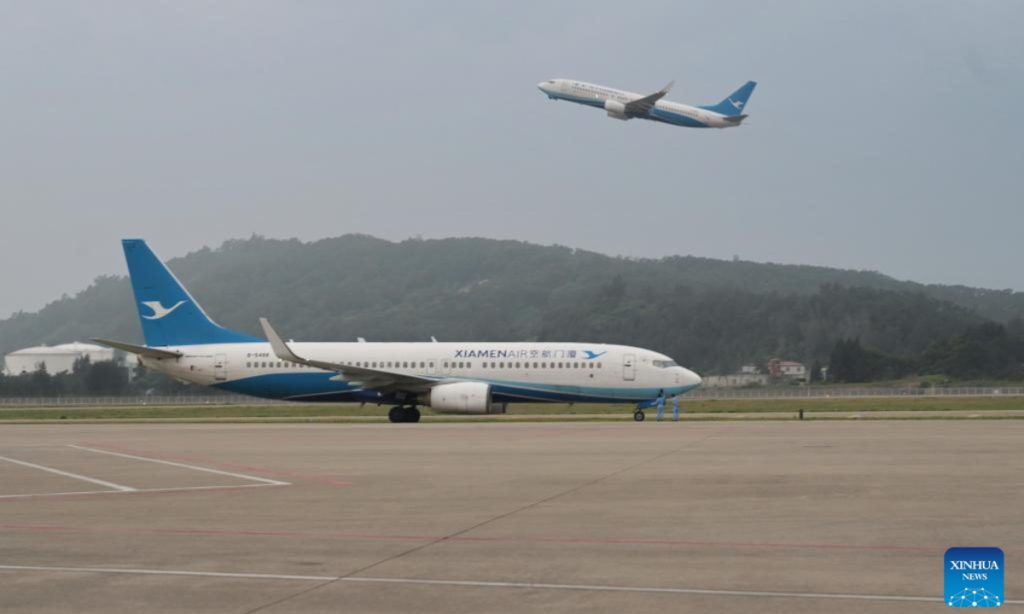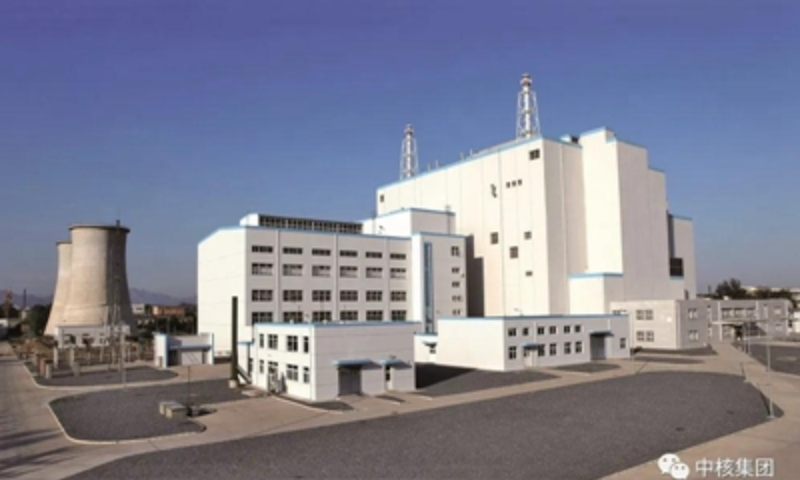China reiterates willingness to strengthen high-level exchanges with France

China stands ready to strengthen high-level exchanges with France, give play to the leading role of head-of-state diplomacy, and add new connotations to the comprehensive strategic partnership between the two countries, said China's top diplomat Wang Yi on Saturday, amid rising high-level contacts between China and France in the past few months.
Wang, a member of the Political Bureau of the Communist Party of China (CPC) Central Committee and director of the Office of the Foreign Affairs Commission of the CPC Central Committee, made the remarks in a telephone call with the French President's Diplomatic Counselor Emmanuel Bonne on Saturday, reiterating China's willingness to push bilateral cooperation with France in various fields to a new level, and give play to the important role of the two major countries in dealing with global challenges, the Xinhua News Agency reported.
Noting that the current international situation is complex and volatile, with numerous challenges and hot spots emerging one after another, Wang said the international community expects China and France to form a common position and speak with the same voice on major issues bearing on world peace and stability, as well as the future and destiny of mankind.
It is hoped that the French side will push the EU to continue to pursue a positive and pragmatic policy toward China, Wang noted.
At a time when some European politicians are mistakenly advocating "decoupling" from China, the frequent interactions between China and France is a highlight and a stabilizer, Chinese experts noted. The connection between the two countries is also very important for advancing the resolution of international hot-button issues.
The year 2024 marks the 60th anniversary of the establishment of diplomatic relations between China and France. In the past few months, it is evident that China and France have increased their interactions, exchanges and communication in various fields, Zhao Junjie, a research fellow at the Chinese Academy of Social Sciences' Institute of European Studies, told the Global Times on Sunday.
Against a backdrop of rising uncertainties in China-Europe relations as some European politicians advocate "decoupling," the relationship between China and France is not only a highlight but also plays an important role in stabilizing China-Europe relations, he noted.
France is willing to use the 60th anniversary of the establishment of diplomatic ties between the two countries as an opportunity to intensify high-level exchanges, deepen mutual trust, strengthen practical cooperation and strive for mutual benefit and win-win results, Bonne told Wang in the phone call.
The two sides should work together to cool down hot spot issues, cope with global challenges including climate change, make positive contributions to narrowing the North-South gap and rejecting bloc confrontation, and push for further development of France-China and Europe-China relations, he said.
Zhao noted that the China-France relationship has always been important for both countries throughout history, and it is crucial to make good use of the 60th anniversary celebrations as an opportunity to strengthen political interactions between the two countries.
The French government has always advocated that Europe's strategic autonomy and independence in their relationship with China is important for them, analysts said. While some major Western countries opt to blindly follow the US in pressuring China, it is time that France can demonstrate its rational great power characteristics through its actions, they said.
In the past few months, the warming of China-France relations has not only been reflected in high-level official exchanges. In the military and commercial fields, news of cooperation between the two sides has been frequent.
On Thursday, the Chinese and French militaries signed a framework document on the establishment of a maritime and aerial cooperation and dialogue mechanism between the two militaries' theaters, to help further deepen mutual trust and cooperation between the two militaries and jointly safeguard regional security and stability.
In the meantime, France's Airbus is in talks with China over a potentially major aircraft order which could involve hundreds of jets, Reuters reported.
During the Saturday call, the two sides also discussed business cooperation, having agreed to cooperate on the development of artificial intelligence, continue to strengthen coordination on tackling climate change, and further refine the successful practice of "from French farm to Chinese dinner table," so as to provide a good environment for enterprises of both sides to invest and do business in each other's countries, the Xinhua reported.
Observers emphasized that maintaining a stable relationship between the two major powers is helpful in addressing international concerns in the current turbulent global situation, which was also part of the discussions on Saturday, when the two sides also coordinated on international and regional issues of common concern such as the Ukraine issue and the Palestinian-Israeli conflict.
After Brexit, the UK's influence in Europe has clearly declined, while Russia is currently being suppressed by the West, which makes China and France's communications more important in the international sphere, Zhao told the Global Times.
"China and France always have a traditional and solid foundation for cooperation, and now it has a broader vision," he said. "The China-France relations can set an example for other European countries."







